These Museums Will Blow Your Mind (And None Are the Louvre)
While countless visitors queue outside the Louvre and Metropolitan Museum, some of the world’s most breathtaking cultural experiences await in lesser-known institutions that push boundaries in remarkable ways. These unique museums worldwide offer encounters with human creativity, scientific wonder, and artistic vision that will fundamentally change how you see the world.
Step beyond the familiar marble halls and discover spaces where innovation meets inspiration, where cutting-edge technology transforms learning, and where passionate curators have created experiences that rival any masterpiece hanging in famous galleries.
Architectural Marvels That House Wonder
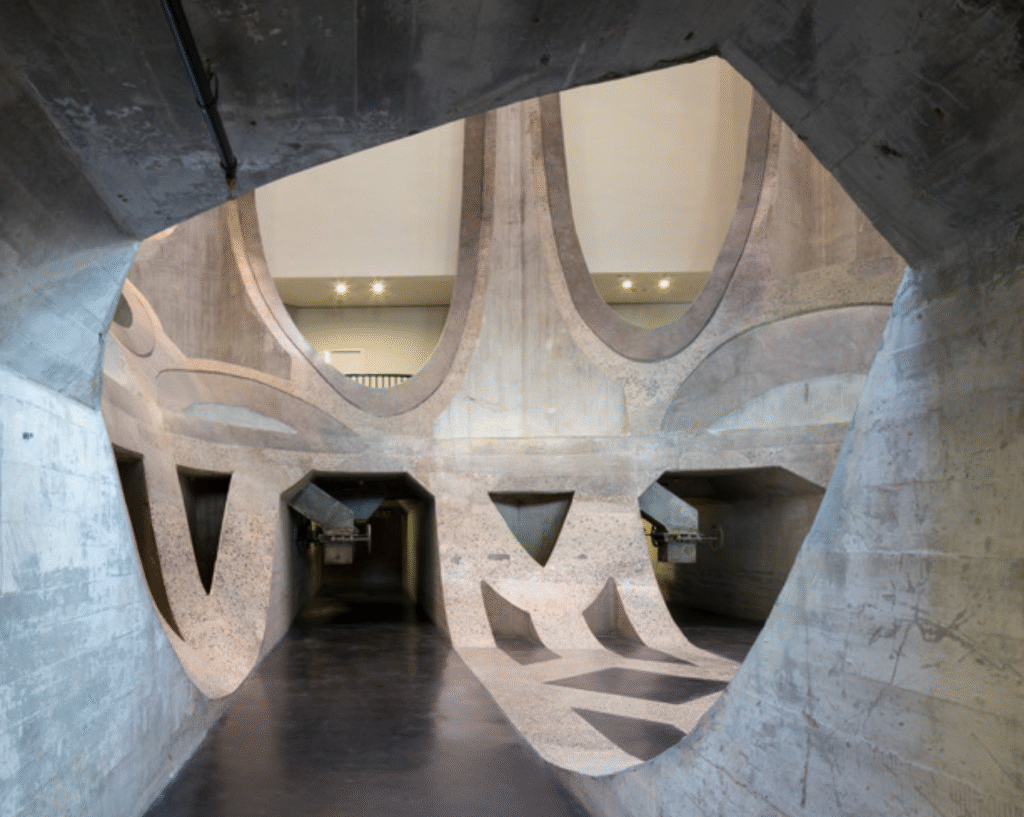
Source: Arch Daily
The Zeitz Museum of Contemporary African Art – Cape Town, South Africa
Rising from a transformed grain silo, this stunning architectural achievement houses the world’s most comprehensive collection of contemporary African art. The building itself is a work of art – British architect Thomas Heatherwick carved a cathedral-like atrium from the concrete tubes, creating soaring galleries bathed in natural light.
The museum showcases Africa’s vibrant contemporary art scene through rotating exhibitions that challenge preconceptions and highlight the continent’s creative renaissance. Each floor offers different perspectives on African identity, history, and future aspirations through multimedia installations, sculpture, and digital art that pushes creative boundaries.
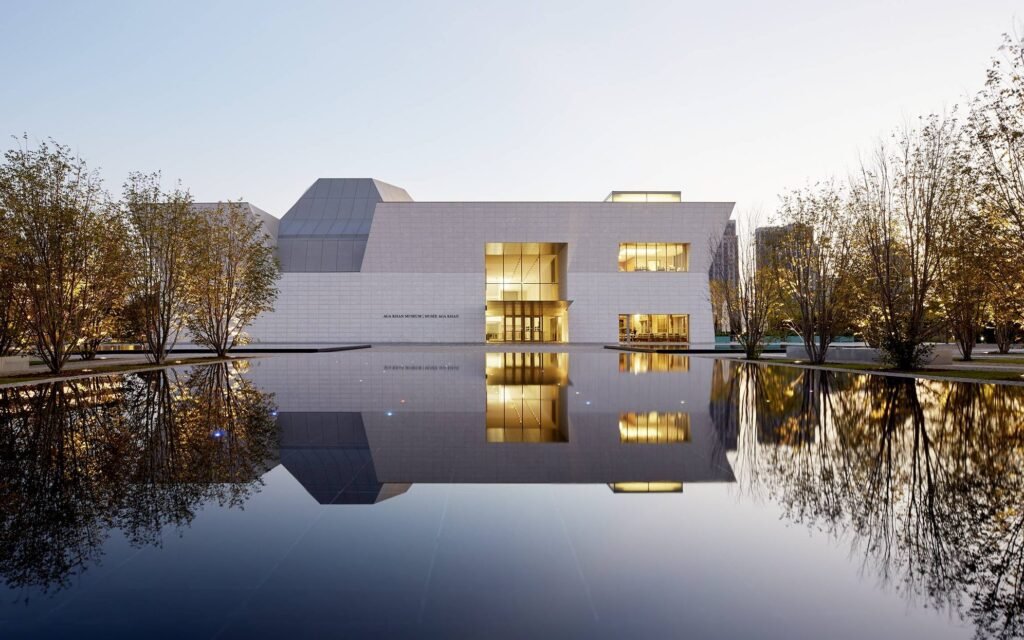
Source: agakhanmuseum.org
The Aga Khan Museum – Toronto, Canada
This architectural gem celebrates the artistic heritage of Muslim civilizations through one of the world’s finest collections of Islamic art. The building’s geometric patterns and use of natural light create spaces that feel both contemporary and timeless, perfectly complementing treasures spanning 1,400 years.
From Persian miniatures to contemporary installations by Muslim artists, the museum reveals the profound contributions of Islamic culture to world civilization. Interactive exhibits allow visitors to explore calligraphy, hear classical music, and understand the mathematical principles behind Islamic geometric patterns.
Science and Nature Reimagined
The Blue Planet Aquarium – Copenhagen, Denmark
Europe’s largest aquarium creates underwater worlds so realistic you’ll forget you’re not actually diving in tropical reefs. The museum’s whirlpool gallery features a massive cylindrical tank where visitors walk through the center while hammerhead sharks and rays glide overhead in mesmerizing patterns.
Beyond spectacular displays, the museum leads global conservation efforts and groundbreaking marine research. Interactive exhibits explain coral reef ecosystems, deep-sea exploration, and climate change impacts on ocean life through immersive experiences that inspire environmental stewardship.
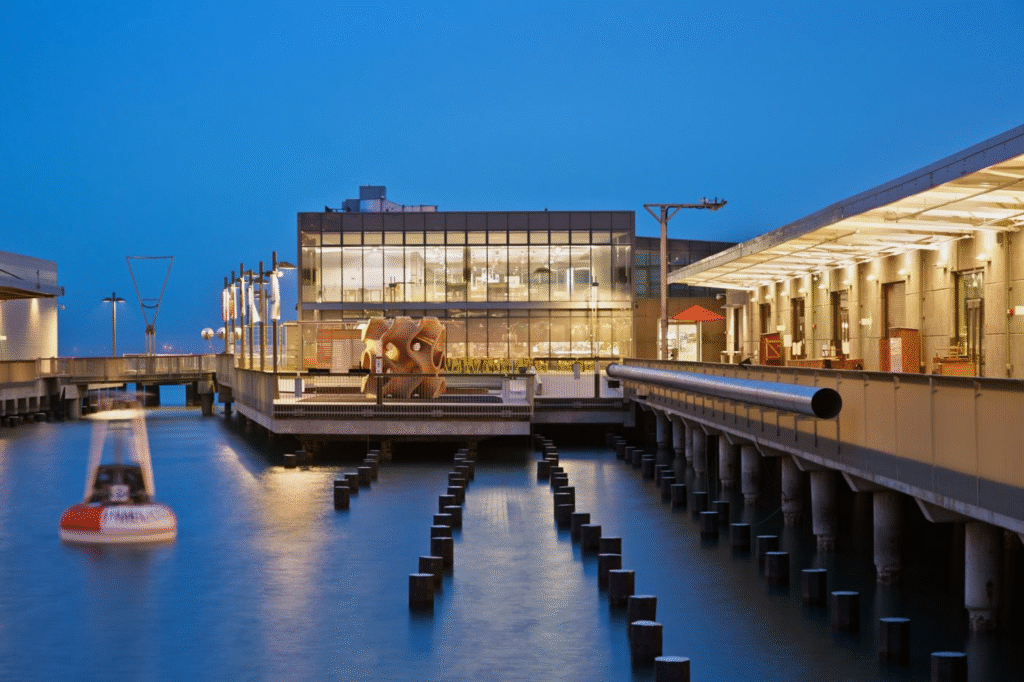
Source: ehdd.com
The Exploratorium – San Francisco, USA
This hands-on science museum transforms learning into play through hundreds of interactive exhibits that make complex scientific principles tangible and fun. Visitors can create their own tornadoes, explore perception through optical illusions, and understand physics through kinetic sculptures that respond to movement.
The museum’s approach to science education has influenced institutions worldwide. Rather than passive observation, every exhibit invites participation, turning visitors into researchers who discover scientific principles through direct experience. The tactile dome offers a completely dark environment where touch becomes the primary sense for navigation.
Cultural Institutions That Inspire
The National Museum of Anthropology – Mexico City, Mexico
Often overshadowed by European institutions, this museum houses the world’s finest collection of pre-Columbian artifacts in a building that’s itself a masterpiece of modern Mexican architecture. The central courtyard features an enormous concrete umbrella supported by a single column, creating dramatic spaces for contemplation.
The museum presents Mexico’s indigenous cultures with respect and scholarly depth rarely found elsewhere. The Aztec Hall houses the famous Sun Stone, while other galleries showcase Maya, Olmec, and dozens of other civilizations through artifacts that reveal sophisticated astronomical knowledge, artistic achievements, and complex social structures.
The Vitra Design Museum – Weil am Rhein, Germany
Frank Gehry’s sculptural building houses rotating exhibitions that explore how design shapes daily life. From furniture to architecture to digital interfaces, the museum examines design’s power to solve problems, express values, and create beauty in functional objects.
The museum’s approach treats design as both art and social force. Exhibitions might explore the evolution of chairs, the psychology of color, or sustainable design solutions for urban challenges. The adjacent Vitra Campus features buildings by renowned architects, creating an outdoor museum of contemporary architecture.
Hidden Masterpieces Worth the Journey
The Inhotim Institute – Brumadinho, Brazil
This open-air museum combines contemporary art with botanical gardens across 5,000 acres of preserved Atlantic Forest. World-renowned artists created site-specific installations that dialogue with the natural environment, resulting in artworks that could exist nowhere else.
Visitors journey between pavilions designed by leading architects, each housing installations by artists like Yayoi Kusama, Olafur Eliasson, and Tunga. The museum demonstrates how art and nature can enhance each other, creating experiences that engage all senses while promoting environmental conservation.
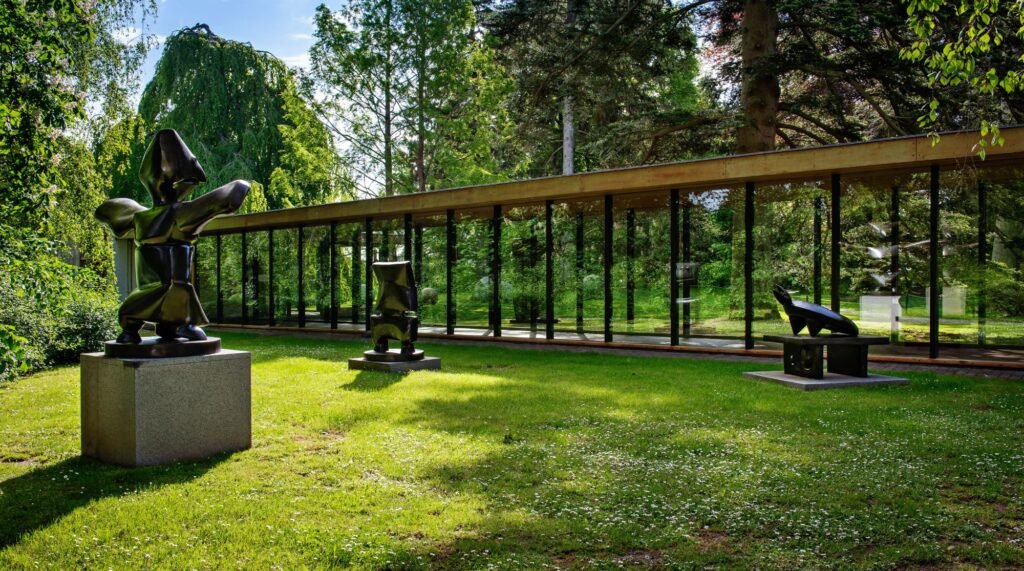
Source: louisiana.dk
The Louisiana Museum of Modern Art – Humlebæk, Denmark
Perched on cliffs overlooking the Øresund Sound, this museum seamlessly integrates architecture, art, and landscape. The building’s flowing design carries visitors through galleries that open onto sculpture gardens and coastal views, creating natural transitions between indoor and outdoor spaces.
The museum’s collection spans from post-war European art to contemporary global works, always displayed with sensitivity to natural light and spatial relationships. Temporary exhibitions often explore connections between art, science, and society, approaching contemporary issues through artistic perspectives.
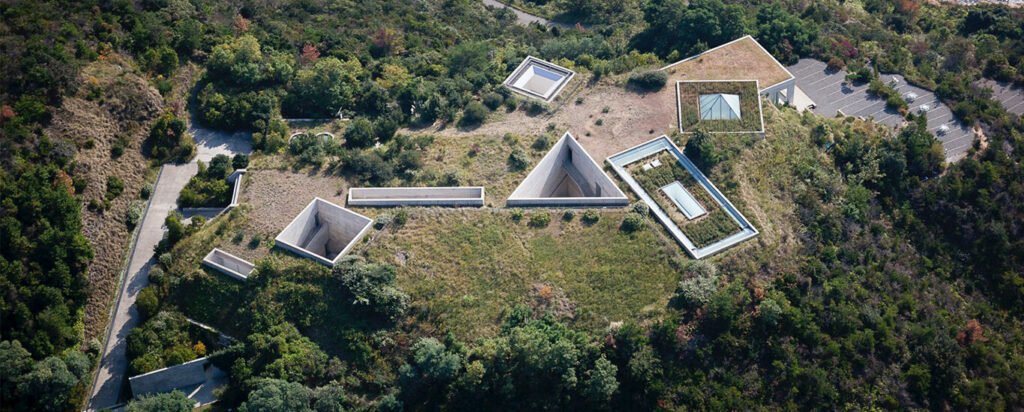
Source: Benesse Art Site Naoshima
The Chichu Art Museum – Naoshima, Japan
Tadao Ando’s underground museum preserves views of the Seto Inland Sea while creating spaces specifically designed for works by Claude Monet, James Turrell, and Walter De Maria. Natural light filtered through precisely calculated openings creates ever-changing viewing conditions that transform artworks throughout the day.
The museum exemplifies Japanese principles of harmony between human creation and natural environment.
Visitors experience art through carefully orchestrated encounters with light, space, and time, making each visit unique based on weather and season.
Technology Meets Tradition
The National Palace Museum – Taipei, Taiwan
This institution houses the world’s finest collection of Chinese imperial treasures through innovative presentation methods that make ancient art accessible to contemporary audiences.
Digital exhibitions allow close examination of jade carvings, calligraphy scrolls, and porcelain pieces that would otherwise be impossible to study in detail.
Interactive technologies help visitors understand historical contexts, artistic techniques, and cultural significance of artifacts spanning 5,000 years. The museum demonstrates how technology can enhance rather than replace traditional scholarship, creating deeper appreciation for human cultural achievements.
The Rijksmuseum – Amsterdam, Netherlands
Following a decade-long renovation, the Netherlands’ national museum has transformed how visitors experience Dutch Golden Age masterpieces. The building’s historic architecture now incorporates state-of-the-art climate control and lighting systems that preserve artworks while displaying them in optimal conditions.
The museum’s innovative approach includes multimedia guides that reveal hidden details in Rembrandt and Vermeer paintings, archaeological displays that show everyday life in historical Amsterdam, and contemporary installations that connect past and present Dutch culture.
The Future of Cultural Experience
These alternative museums succeed because they understand that great cultural institutions do more than preserve artifacts – they create transformative experiences that expand human understanding. Whether through architectural innovation, technological integration, or curatorial vision, they prove that museums can be catalysts for wonder and learning.
The most unique museums worldwide share common characteristics: they respect their audiences’ intelligence while making complex subjects accessible, they embrace innovation while honoring tradition, and they create spaces where discovery feels both personal and universal.
Planning visits to these cultural institutions requires research beyond typical guidebooks. Many operate with timed entry systems or seasonal schedules that reward advance planning. Their websites often provide virtual previews that help visitors prepare for optimal experiences.
These museums remind us that human creativity takes countless forms, and the most profound cultural encounters often happen in spaces where passionate expertise meets innovative presentation.
They prove that the future of museums lies not in competing with digital entertainment, but in creating irreplaceable real-world experiences that no screen can replicate.




Leave a Reply